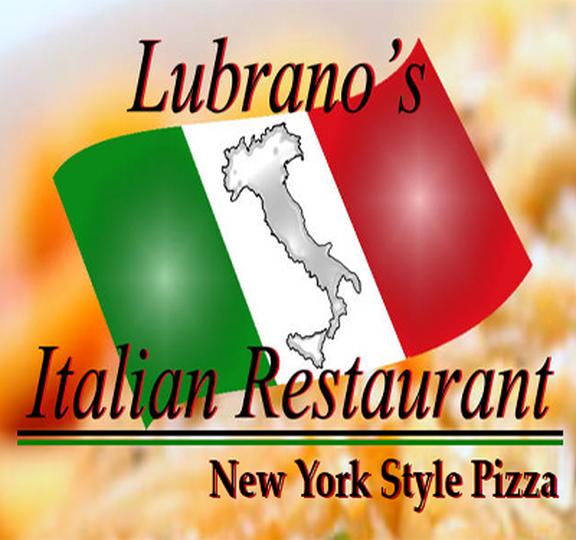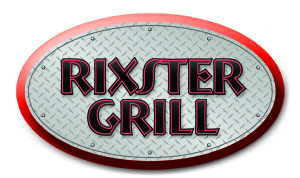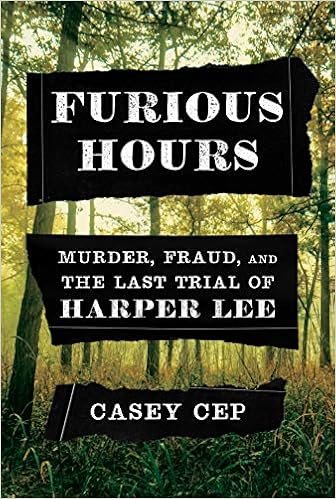After
assuming command of the First Order, Kylo Ren (Adam Driver) faces a threat to
his power in the form of the still-alive Emperor Palpatine (Ian McDiarmid), who
pledges him an empire to command if he eliminates Rey (Daisy Ridley), the Jedi-in-training
with whom he shares a psychic bond. Though encouraged by Resistance leader
General Leia Organa (Carrie Fisher), Rey continues to experience self-doubt.
Meanwhile, her friends Poe Dameron (Oscar Isaac) and Finn (John Boyega) learn
of a mole in the First Order. Together, they seek to ferret out Palpatine while
trying to stay one step ahead of Ren’s forces.
As the
much-anticipated final film in the 42-year-old Skywalker Saga, Star Wars Episode IX had the unenviable
task of appealing to fans while still finding enough novelty to justify its
existence. Its predecessor, The Last Jedi,
did plenty of the latter arguably at the expense of the former. The Rise
of Skywalker, in contrast, appears an overcorrection: a
give-them-what-they-want retreat into familiarity that still manages to entertain
even if it doesn’t inspire.
First, the
good: the film does many of the “Star Wars things” fairly well. Lightsaber
duels, starfighter assaults, and planets with extreme climates are all
accounted for. J.J. Abrams may lack the aesthetic flair of Rian Johnson or the
imagination of George Lucas, but he is still a competent action director. Fast-paced
and fluid, The Rise of Skywalker
feels shorter than its 142-minute run-time.
While the
film’s writing is, once again, a mixed bag, there are some compelling
performances to be found here. Ridley shows impressive range as Rey discovers the
full extent of her origins and seizes control of her fate. Driver, who spent
most of the previous two films alternating between creepy monotones and rage
tantrums, finally has the room to do more with Kylo’s characterization. Poe and
Finn do a great job of amusingly trolling and chiding each other (though the former’s
inspirational speeches continue to sound wooden and forced). Since Fisher died
in 2016, Leia’s appearance is achieved through unused footage from The Force Awakens. Those fearing an
awkward Livia Soprano-like hack job needn’t worry: it’s tastefully done, all
things considered.
Unfortunately,
not all of the old guard – or the new – receive such respectful treatment.
McDiarmid’s Palpatine is full of the same wonderfully hammy menace fans have
come to expect, but a returning Billy Dee Williams is given very little to work
with. He’s less roguish Lando and more generic elder statesman. Resistance
mechanic Rose Tico (Kelly Marie Tran) and First Order General Hux (Domhnall
Gleeson) both see their screen time reduced and their presences diminished from
previous outings. Meanwhile, new characters are introduced and shoehorned into
their former roles without much development of their own. First Order General
Pryde (Richard Grant) is clearly meant to evoke Grand Moff Tarkin and is
implied to be a loyalist holdover from the Empire, but he’s forgettably one-note,
and neither Poe’s former criminal associate Zorii (Keri Russell) nor Resistance
ally Jannah (Naomi Ackie), an ex-Stormtrooper just like Finn, fare much better.
A greater letdown,
however, is the extent to which The Rise
of Skywalker relies on contrivance. Several characters presumed dead turn
up alive under the flimsiest of pretexts. Locations and visual elements from
the original trilogy suddenly take on new significance to justify their
reappearance. Because the film risks so little and hews so closely to what has
been done before, it never is able to deliver the level of pathos that a grand
finale demands.
Though it
plays it safe to an annoying degree, The
Rise of Skywalker will probably see its reputation improve with age. After
all, Return of the Jedi was similarly
scorned at one point, and there are hardly any Ewoks this time. Original and
daring it is not, The Rise of Skywalker
nevertheless provides brisk, breezily satisfying entertainment and uplift.






.png)








_poster.jpg)






















